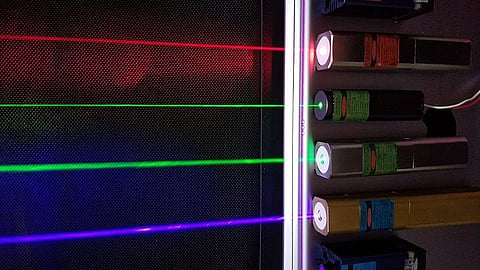Benefits of dental lasers:
There are many dental procedures where lasers are employed. At low dosages, lasers encourage cell growth and aid in wound healing. Low energy laser photo stimulation of recurring herpetic lesions in the oral cavity aids in pain alleviation. Disinfection, exposing unerupted or partially erupted teeth, tissue removal, treating dental hypersensitivity, preparing cavities, removing caries and restorative materials, and recontouring gums, teeth whitening, and root canal treatment are other widespread uses of lasers.


